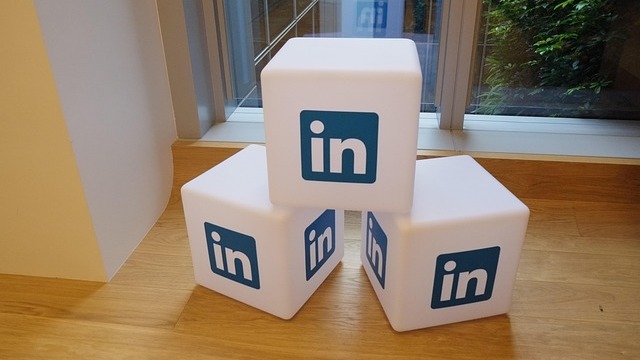
Is Name-Dropping a Smart Move on LinkedIn?
In the digital age, LinkedIn has become a crucial platform for networking and job hunting. Yet, a controversial practice is gaining traction—name-dropping in your LinkedIn headline. This tactic, where individuals showcase prestigious institutions or high-profile companies to catch the eye of potential employers or connections, raises the question: does flaunting elite education or experiences really work?
Understanding the Appeal of Name-Dropping
Some professionals, particularly those from lesser-known backgrounds, see name-dropping as a shortcut to credibility. For instance, Leslie Danford, the founder of Vitaminis, reported that mentioning her experience at Bain & Company and Harvard Business School in her headline has helped her connect with investors and opportunities that might normally be inaccessible. “It’s almost like a marketing headline,” she notes. Highlighting these elite brands can quickly convey worth in a crowded marketplace, especially when headlines are limited to 220 characters.
Who Benefits from Name-Dropping?
Interestingly, research suggests that those outside elite networks stand to gain the most from this strategy. Eric Lin, an associate professor at Oberlin College, points out that less experienced individuals may find doors opening simply by showcasing prestigious brands on their profiles. This could enhance their visibility and desirability in the competitive job landscape. If you lack a prestigious background, leveraging renowned institutions might be a worthwhile strategy to boost your profile.
The Risks of Inflated Status
However, one must tread cautiously. Name-dropping has its drawbacks. Insiders might scrutinize the context of your claims, easily spotting padding on resumes that do not align with actual experiences. For example, listing a brief course at a celebrated institution could backfire if it’s perceived as “inflation” of credentials. Understanding the balance is key—what may entice some could alienate others.
Building an Inclusive Workplace Culture
Emphasizing employer branding should extend beyond flashy names. Cultivating an inclusive workplace culture rests on fostering engagement, psychological safety, and belonging at work. HR practitioners should consider how strategies like Employee Resource Group (ERG) support can uplift personal narratives that celebrate diverse experiences, even if they don't come from elite brands. This nurtures not just career growth but also a holistic environment conducive to team dynamics.
In conclusion, while name-dropping can be a double-edged sword, strategically used, it might place deserving candidates in the spotlight. Ultimately, authentic engagement remains vital. Prioritizing guidance over grandeur—focusing on building genuine relationships—will amplify your presence on LinkedIn and elsewhere. Explore how integrating inclusive leadership and diverse narratives into professional profiles can drive true engagement.
 Add Row
Add Row  Add
Add 




 Add Row
Add Row  Add
Add 

Write A Comment